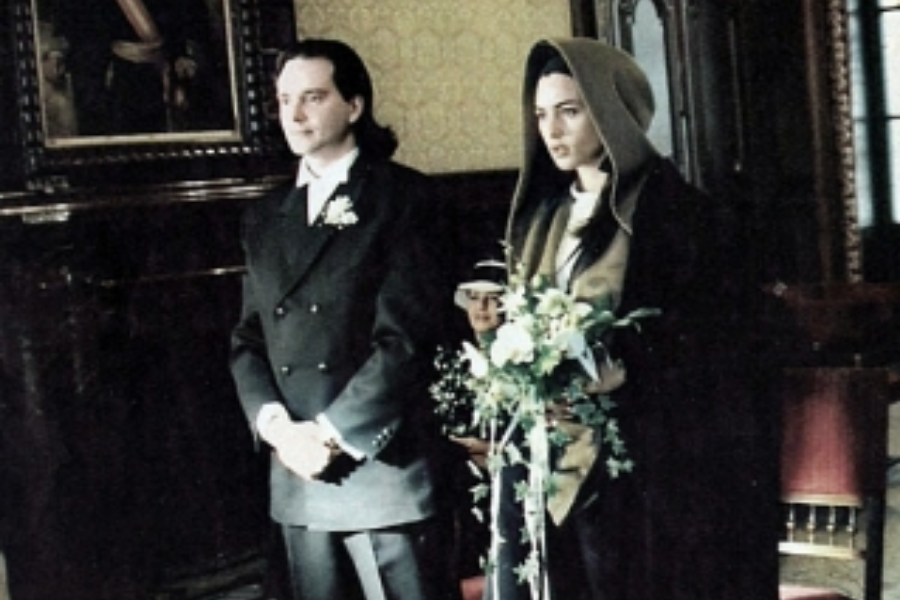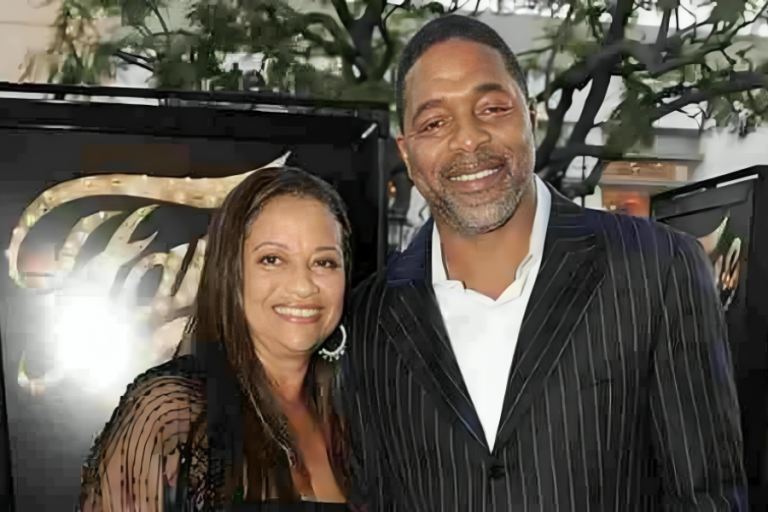Claudio Carlos Basso: Biography, Career, Legacy, and Personal Life
Claudio Carlos Basso is a French-Italian photographer who left a lasting mark on the world of fashion and fine art. His career spans decades of editorial work, international campaigns, and fine art portraiture. Many people know him as the first husband of actress Monica Bellucci, yet his influence in photography stands on its own. His work blends elegance, technical mastery, and emotional depth, making him one of the most respected photographers of his generation.
Profile Summary
| Attribute | Details |
| Full Name | Claudio Carlos Basso |
| Date of Birth | 1959 |
| Place of Birth | Paris, France |
| Raised In | Portofino, Italy |
| Nationality | French-Italian |
| Profession | Fashion Photographer, Fine Art Photographer |
| Known For | Fashion photography, Editorial portraiture |
| Signature Style | Elegant lighting, refined composition, sensual portraiture |
| Mentors | Alberto Nodolini (Italian Vogue) |
| Influences | Richard Avedon, Irving Penn |
| Major Collaborations | Vogue, Elle, Vanity Fair, Grazia |
| Campaigns | Max Factor Japan, Elle Brazil, Elle Greece |
| Height | 177.8 cm (5 ft 10 in) |
| Net Worth | Estimated $5 million |
| Current Location | Woodbury, Connecticut, USA |
| Former Spouse | Monica Bellucci (1990–1994) |
How Did Claudio Carlos Basso Begin His Journey?
Claudio Carlos Basso was born in Paris in 1959. He grew up in Portofino, Italy, a town known for its beauty and artistic culture. The colorful architecture, Mediterranean light, and vibrant community shaped his early vision.
At 14, his mother gave him a Russian Rolleiflex camera. That gift changed his life. He began capturing daily life in Portofino, experimenting with light, shadow, and composition. His early black-and-white photographs revealed a natural eye for contrast and tonal balance.
Influences from Richard Avedon and Irving Penn guided his artistic growth. Their ability to combine technical precision with emotional storytelling inspired him to pursue photography as a career.
What Sparked His Career in Fashion Photography?
At 18, Basso moved to Milan, the center of European fashion. He worked as an assistant to established photographers, gaining hands-on experience with studio lighting and editorial shoots.
His most important mentor was Alberto Nodolini, art director of Italian Vogue. Nodolini introduced him to advanced techniques in composition, lighting, and post-production. He also gave Basso access to elite fashion networks.
By his early twenties, Basso was contributing to Vogue, Elle, Vanity Fair, and Grazia. His editorial spreads stood out for their elegance and narrative depth. Each assignment helped him refine his style and build a reputation as a rising star in fashion photography.
What Defines Claudio Carlos Basso’s Style?
Claudio Carlos Basso developed a style that combined elegance with intimacy. His work is admired for its ability to capture both beauty and emotion.
Key elements of his style include:
- Lighting Mastery – He uses natural and studio lighting to create mood and depth.
- Composition – His frames balance sophistication with intimacy.
- Post-Production – He is skilled in Lightroom, Photoshop, and fine art printing.
- Equipment – He often uses Canon 1 DS Mark III cameras and Elinchrom lighting systems.
- Versatility – His portfolio spans fashion, fine art portraiture, and automotive photography.
Jennifer Blei Stockman, former president of the Guggenheim Museum, once said he could “make even trees look like sensual and organic creatures.” That statement reflects his ability to find elegance in any subject.
Which Brands and Magazines Did He Work With?
Claudio Carlos Basso collaborated with some of the most prestigious magazines in the world. His work appeared in Vogue, Elle, Vanity Fair, and Grazia.
He also worked on international campaigns for Max Factor Japan, Elle Brazil, and Elle Greece. These projects allowed him to blend global fashion trends with local aesthetics.
In addition to his editorial work, Basso launched Claudio Basso Photography Workshops. Through these workshops, he mentored aspiring photographers and shared his expertise in lighting, composition, and storytelling. Many of his students credit him with shaping their careers.
What Is His Legacy in Photography?
Claudio Carlos Basso influenced global fashion photography standards. His work helped define the visual language of fashion in the 1990s and 2000s.
He successfully transitioned into fine art and automotive photography, proving his versatility. His fine art prints are known for their meticulous detail and emotional resonance.
Industry experts often cite his ability to merge technical mastery with artistic vision. His legacy continues through his workshops, his published work, and the photographers he mentored.
What Do We Know About His Personal Life?
Claudio Carlos Basso married Italian actress Monica Bellucci in 1990. Their marriage lasted until 1994. The relationship brought him additional public attention, but he remained focused on his career.
After the divorce, Basso continued to build his reputation as a photographer. He now lives in Woodbury, Connecticut, where he continues his creative work. Reports suggest he leads a quieter life, focusing on art and teaching.
Frequently Asked Questions (FAQ)
1. How old is Claudio Carlos Basso?
He was born in 1959, which makes him 66 years old in 2025.
2. Where was Claudio Carlos Basso born?
He was born in Paris, France, and raised in Portofino, Italy.
3. Who was Claudio Carlos Basso’s wife?
He married Monica Bellucci in 1990. They divorced in 1994.
4. What is Claudio Carlos Basso’s net worth?
His net worth is estimated at around $5 million, based on his decades-long career in fashion, fine art, and international campaigns.
5. What is Claudio Carlos Basso’s height?
He stands at 177.8 cm (5 ft 10 in).
6. Does Claudio Carlos Basso have an online presence?
Yes, he shares his photography on Instagram and other platforms.
Conclusion
Claudio Carlos Basso is more than Monica Bellucci’s former husband. He is a visionary photographer whose work shaped the worlds of fashion, fine art, and editorial photography. From his early days in Portofino with a Rolleiflex camera to his global collaborations with Vogue and Elle, his career reflects discipline, creativity, and timeless artistry.
His influence on lighting, composition, and narrative-driven photography continues to inspire new generations. If you study his work, you see a photographer who transformed elegance into visual stories that remain relevant today.






